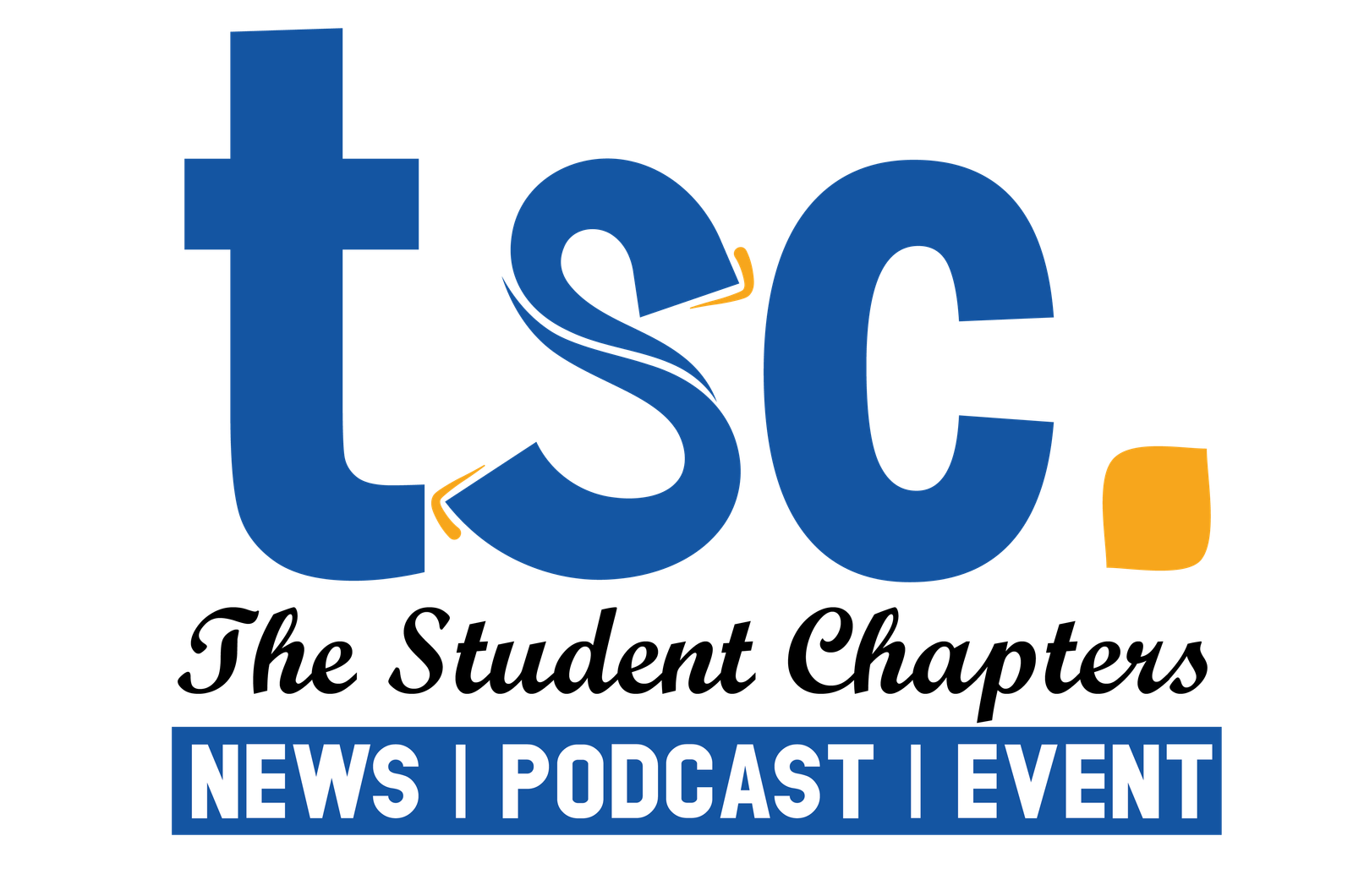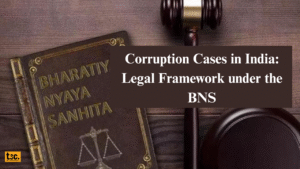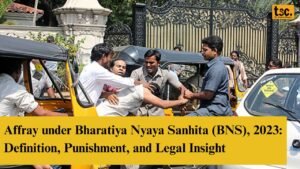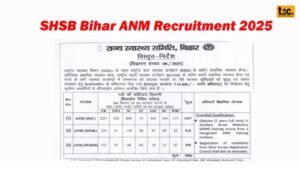Living with Dignity? Dharavi and the Challenge of Article 21

Living with Dignity? Dharavi and the Challenge of Article 21. Dharavi, one of Asia’s largest slums, is home to nearly a million people in the heart of Mumbai. While it thrives as an economic hub with a billion-dollar informal economy, its residents live in conditions that often violate their fundamental rights. One of the most crucial rights under the Indian Constitution is the Right to Life, which guarantees every individual the right to live with dignity. The situation in Dharavi presents a critical challenge in ensuring this right is upheld for its residents.
Understanding Article 21
Article 21 of the Indian Constitution states: “No person shall be deprived of his life or personal liberty except according to the procedure established by law.” Over time, the Supreme Court has expanded the scope of this right to include not just physical survival but also the right to live with dignity. It encompasses access to clean water, sanitation, healthcare, education, and a healthy environment—basic necessities that remain a distant dream for many in Dharavi. Living with Dignity is not justified in Dharavi and there is Challenge of Article 21.
Dharavi and the Challenge of Article 21
Dharavi’s Living Conditions and Right to Life
Dharavi’s residents live in extremely congested spaces with inadequate access to sanitation and clean drinking water. The lack of proper drainage systems leads to severe health hazards, making the spread of diseases like tuberculosis, dengue, and respiratory infections rampant. In Francis Coralie Mullin v. Union Territory of Delhi (1981), the Supreme Court held that the Right to Life includes the right to live with human dignity, which demands basic health and hygienic conditions—both largely absent in Dharavi.
Housing and Eviction Concerns
The legal complexities surrounding land ownership in Dharavi result in frequent eviction threats. While urban development projects aim to redevelop the slum, they often fail to provide sufficient alternative housing. Therefore, this is violating the Right to Shelter, an essential component of Article 21 as affirmed in Olga Tellis v. Bombay Municipal Corporation (1985). The court recognized that the right to livelihood is integral to the Right to Life, emphasizing that eviction without rehabilitation is unconstitutional.
Lack of Healthcare and Education
The absence of adequate healthcare facilities in Dharavi endangers thousands of lives. In Paschim Banga Khet Mazdoor Samity v. State of West Bengal (1996), the Supreme Court ruled that failure of the state to provide timely medical treatment constitutes a violation of Article 21. Similarly, education, a recognized fundamental right under Article 21A. But, it remains inaccessible to many children due to poverty and lack of infrastructure.
Judicial and Government Interventions
While courts have repeatedly reinforced the rights under Article 21, implementing these protections remains a challenge. The Dharavi Redevelopment Project (DRP), initiated by the Maharashtra government. This aims to provide better living conditions, but its slow progress raises concerns about timely justice. Public Interest Litigations (PILs) have been instrumental in addressing human rights violations in slum areas, urging state accountability.
Conclusion
The plight of Dharavi’s residents highlights the gap between constitutional guarantees and ground realities. While Article 21 ensures the Right to Life and dignity, its implementation in slums like Dharavi requires stronger policy measures, judicial oversight, and grassroots activism. Sustainable urban development with a human-centric approach is necessary to truly realize the essence of this fundamental right. Thus, this is the harsh truth of Living with Dignity, Dharavi and the Challenge of Article 21.
Stay tuned on our website as if any official information pops up then we will update you in minutes! If you want all the latest updates on time then join our student community on WhatsApp!
Choose the right career yourself by booking personal guidance from professionals on Mytagapp.com









